There are several ways to measure CO₂ levels in the aquarium:
- Glass reactors (“drop checkers”) are slow, they give you what is in essence an average over three hours or so. But they are dependable under many sets of conditions.
- Using a table and measuring pH is less accurate and fraught with conditions. But it gives the CO₂ levels at a single point in time.
- One can use an electronic pH meter as an electronic shut-off. But this can cost one a tank of fish very easily as pH meters tend to drift.
This is a somewhat confusing but decidedly boring dissertation only for real nerds like the author.
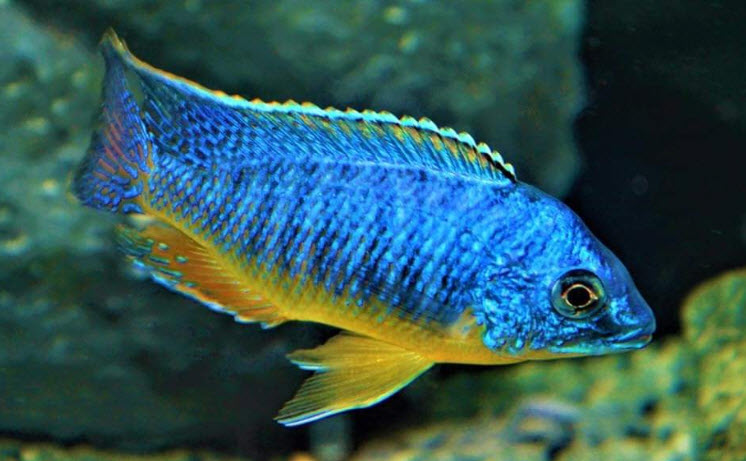
“Drop Checkers”: Long Term CO₂ Monitors
Long-term CO₂ gas monitoring has been around for many years and is arguably a much more accurate and convenient method for testing CO₂ levels. The most common method is via “drop checkers”, which work by sitting inside the aquarium water. These are filled with a solution of water and pH reagent known as bromothymol blue.
As the gas in the water reacts with the bromo blue/water solution it changes solution color, ranging from a dark blue, which is a high pH/low CO₂, through green to a yellow, which is low pH/high CO₂.
The best way to use a drop checker is to fill it with a solution with a dKH of 4° (4 dKH). This 4 dKH reference solution allows monitoring CO₂ levels accurately. Using the pH/KH/CO₂ table gives that a pH of 6.6 with 4 dKH will give 30 ppm CO₂ which is where many plant enthusiast keep their high tech planted aquariums.

Making up the 4 dKH solution is critical to success of the drop tester.
(Note: You will need a whole gallon of distilled water to do this. It MUST be distilled water)
This is how to do it:
- Start with 6 cups of distilled water in a clean measuring container
- Add 1/5 LEVEL teaspoon (use the 1/4th measuring spoon and slightly underfill it) Sodium Bicarbonate (baking soda) to the 6 cups of water and mix.
- Let sit for two hours
- Pour out 3 cups of this mix and discard
- Add back 3 cups of distilled water and mix
- Pour out 3 cups of this mix and discard
- Add back 3 cups of distilled water and mix
- Pour out 1 cup of this mix and discard
- Add back 1 cup of distilled water and mix
- Water comes out to a 4 dKH solution
- Wait one day then measure the dKH and adjust accordingly

I personally use the following to get the 4 dKH solution (4 dKH is 99.3 ppm of baking soda)
- Start with the following:
- one gallon distilled water
- one plastic cup labeled #1
- one plastic cup labeled #2
- one measuring cup
- one measuring tablespoon
- one gram scale
- Add 7.3 grams baking soda to cup #1
- Add to one level cup distilled water to cup #1
- Mix and let sit for two hours
- Add one level tablespoon of the mixture in cup #1 to cup #2
- Add to one level cup distilled water to cup #2, mix
- Rinse out cup #1 in distilled water
- Add one level tablespoon of the mixture in cup #2 to cup #1
- Add to one level cup distilled water to cup #1, mix
- Water in cup #1 now comes out to a 4 dKH solution
- Wait one day then measure the dKH and adjust accordingly
This solution will only be good for about one month. Then it has to be remade.

This is what a CO₂ drop tester looks like:

Any more blue than that lime green and there’s less than 30 ppm CO₂. More yellow means more than 30 ppm CO₂. Because the reference 4 dKH solution in the drop checker is separated from the aquarium water via an air gap, the only influence on its pH is via CO₂. This principle makes it more accurate and potentially safer than using the CO₂/pH/KH table and test kits.
Here is a very useful reference:

There are disadvantages to this method. The solution inside the drop checker can take several hours to change color, so potentially misleading one into thinking that more gas is required. The larger the air gap between the aquarium water and the drop checker solution, and the more solution volume there is, the more time it will take.
It also requires comparison to a color chart, which can lead to misinterpretation. Be cautious and obtain a darker green rather than a yellow/green color. In very large aquariums it’s not uncommon to use multiple drop checkers to ensure the CO₂ is being distributed effectively around the aquarium. Move your drop checker around to determine your gas levels at all parts of your aquarium, especially in high-energy systems that require CO₂ levels to be spot on.
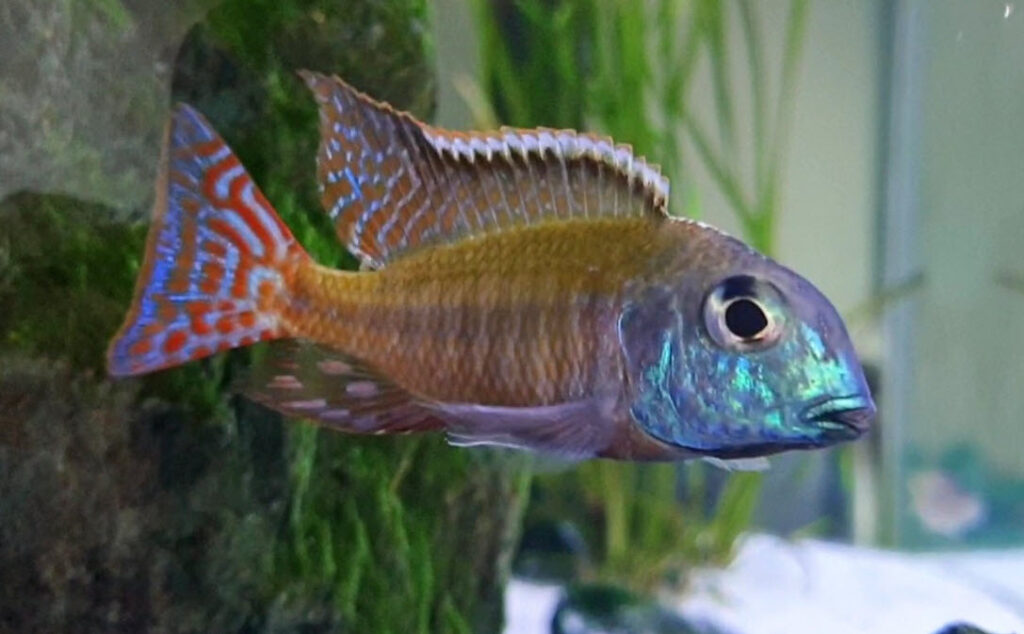
CO₂/pH/KH Charts
The following chart is can be used to determine the CO₂ level in aquariums:

This table relates CO₂ content to the pH and KH levels in the water. This relationship is more complex than the table lets on but it is a good starting point.
This graph has two points which need emphasis:
- First off there is no row for zero KH. When there is no KH the relationship of pH and CO₂ gets very murky and impossible to predict.
- Secondly the “natural” equilibrium point of distilled water and atmospheric CO₂ is 3 ppm. So the lowest “natural” pH that is useful in this chart in an aquarium is 7.0. Below 7.0 “natural” pH the KH level is typically too low to allow accurate predictions about the CO₂ level.
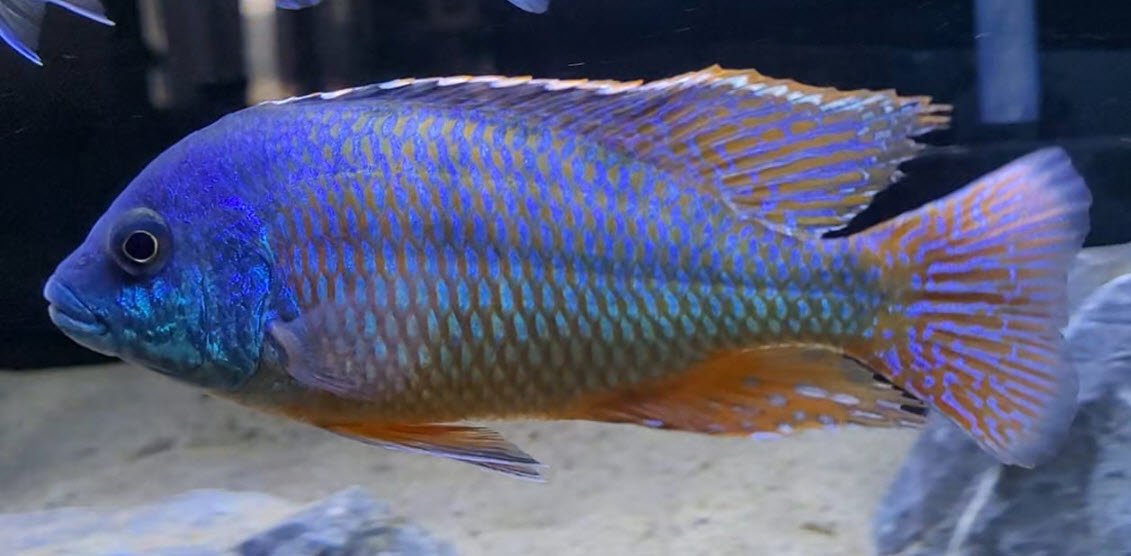
KH (also know as dKH, alkalinity and carbonate hardness) the KH represents the pH buffering capacity of the water. Harder water will have a higher buffering capacity and vice versa. One can find the amount of carbon dioxide in the water by using this table, again, with some reservations.
First test your pH. Let’s say it’s pH 6.6. Then test your KH. Let us say it measures 4° (72 dKH). Look at the table at the pH and KH and see where they intersect. This is the THEORETICAL CO₂ level, in this case 30 ppm.
However, we may misread our test kits, or they may be inaccurate. Liquid pH test kits rely on interpreting a color chart and KH test kits rely on counting the amount of test kit liquid drops it takes to change the color of the aquarium water in the test tube. If either parameter is misread or inaccurate by as little as 0.2 pH or 0.5 KH it can mean under or over readings. It’s possible to think you are reading 30 ppm CO₂, but it could be as much as 45 ppm or higher and lethal to fish.

Another factor can throw the measured CO₂ accuracy. The CO₂/pH/KH relationship assumes that “carbonic acid” from CO₂ is the only acidifying compound, but this is not the case for most of us. Nitric acids, sulfates, phosphates, humic acids and other organic matter will all contribute to acidification of aquarium water. This will typically result in pH readings lower than the table assumes, resulting in a false CO₂ calculation if one is measuring the KH and pH of the water directly.
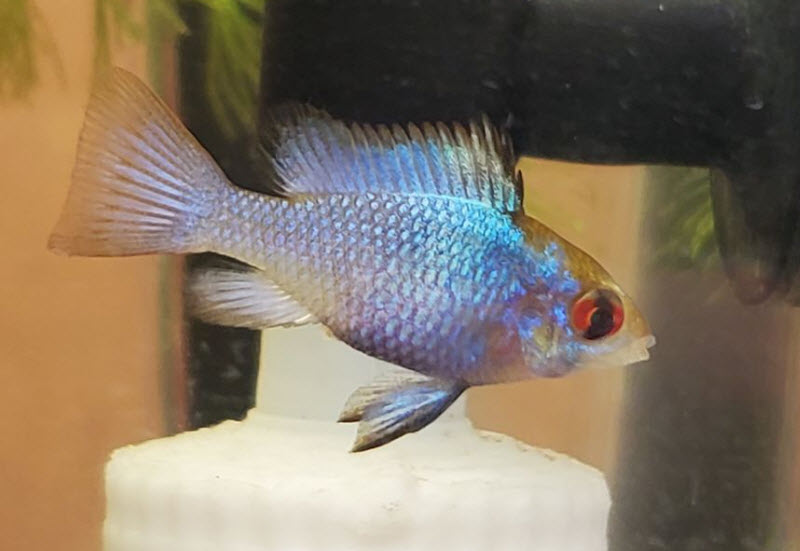
If you measure pH/KH when tank is at equilibrium when CO₂ injection is off and before the lights have come on in the morning, CO₂ levels in the tank will TYPICALLY (but not always) match equilibrium levels with atmosphere, with respect to gas laws – which will be around 2-3 ppm.
Put more clearly, while atmospheric CO₂ has a concentration upwards of 400 ppm, the average amount in an open container of pure water stabilizes at around 2-3 ppm, which is called “atmospheric equilibrium”. A tank without CO₂ injection will not have elevated levels of CO₂, UNLESS there is a lot of rotting organic matter in the aquarium OR UNLESS there are a decent number of fish. Fish and rotting organic matter both put carbon dioxide into the water.
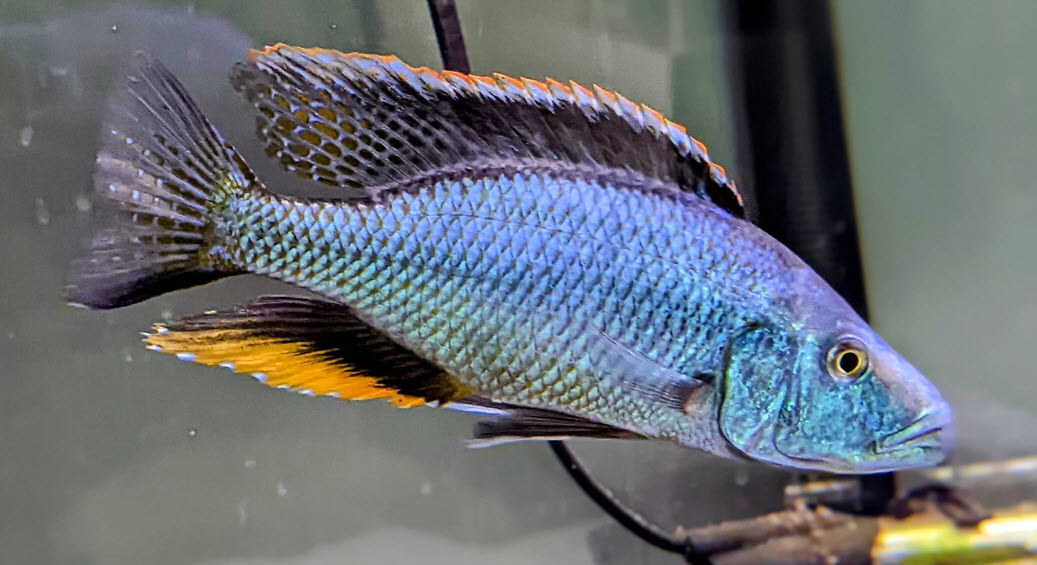
For instance, if I look at the pH and KH of my tank (before CO₂ injections starts) and I get a reading of pH of 7 and KH of 6, the table states that I have 18 ppm of CO₂. I know that this is PROBABLY a false value caused by other components in the tank that contributed to tank acidity. This is because a tank without CO₂ injection will almost always be near atmospheric equilibrium (2-3ppm). This is PROBABLY a false positive. If I take a pH reading later while CO₂ is on, I need to factor this in.
But note the term “probably”. If there is some rotting plants or plant roots somewhere in the tank or some sizable fish, they can give up to 10 to 15 ppm of CO₂ first thing in the morning. So assuming I have 2 to 3 ppm CO₂ CAN be incorrect. And, obviously, a dirted or pelleted tank will have high levels of CO₂ first thing in the morning.

As a very general guide, if you have KH values between 1 – 10 dKH and a pH over 7.3 when the lights have been off for at least six hours, aim for a 0.8 point relative pH drop from the point when the lights are not turned on and CO₂ injection is not yet turned on to the time after both lights and CO₂ have been turned on and CO₂ has risen to a high, stable equilibrium point. This will PROBABLY put the tank’s CO₂ levels around 24 ppm.
This method is simple but PROBABLY accurate if the following are ALL true:
- your pH tests are well calibrated
- you have no CO₂ sources in the aquarium
- your “natural” pH is higher than 7.3
- your a “natural” KH higher than 1
- your water is low in phosphates
So for example if your tank starts with a pH of 7.4 without CO₂ injection – you should aim for a pH of 6.6 during peak CO₂ saturation for 24 ppm CO₂. If you are careful, many tanks can aim for a drop of 1.0 pH instead, giving 32 ppm CO₂.
I recommend using a secondary drop CO₂ tester to make sure this whole CO₂/pH system is accurate. It is very cheap insurance.

Electronic pH Shut Off
Some hobbyists use this pH drop to control a CO₂ injection system. For instance, if the natural pH is 7.6 in the aquarium and the hobbyist wants to hold a 30 ppm of CO₂, then one can set up a pH meter that shuts off the CO₂ at a pH of 6.6. The problem with this is that if the pH meter fails or drifts (a very common occurrence), you are simply screwed.
Personally I would use a pH shut-off as a safety valve that shuts off the gas solenoid at a certain pH as a safety feature in addition to using pressure to regulate the flow.

Effect of Phosphates
Most planted tanks are fertilized occasionally. Many phosphates will “buffer” water to roughly a 6.5 to 8.0 pH. Let us hypothesis a phosphate system which buffers to 7.6 pH. The measured pH first thing in the morning will be 7.6 pH. If one starts adding CO₂ to the aquarium and uses pH to control the level of CO₂ one will be in trouble. The phosphate buffer will prevent the pH from dropping and a CO₂ level well above 30 ppm can easily occur.
This is a major reason the control of CO₂ levels with pH is not something I can recommend. Most planted aquariums have significant phosphate in the water column.
Meer informatie over CO₂ systemen
More information on CO₂ in the aquarium can be found at these links:
15.6.1 Low Tech CO₂ Aquarium System


